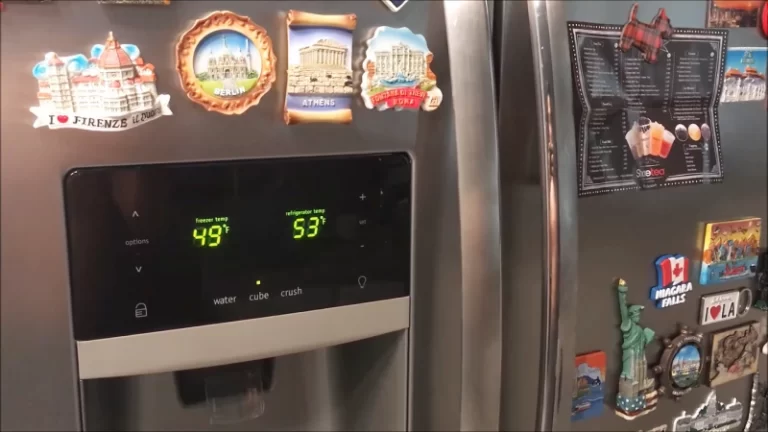Frigidaire Gallery Refrigerator Temperature Problems and Solutions
A well-functioning refrigerator is essential in every household, as it helps preserve food and keep it fresh for a longer period of time. Maintaining the proper temperature inside the refrigerator is crucial in ensuring the safety and quality of the food stored.
Frigidaire Gallery refrigerators are known for their stylish design and reliable performance. However, even the best refrigerators can experience temperature problems. In this article, we will provide an overview of common temperature problems in Frigidaire Gallery refrigerators and offer possible solutions to help resolve these issues.
You'll Learn About
Frigidaire Gallery Refrigerator Temperature Problems
Frigidaire Gallery refrigerators can experience temperature problems due to various reasons. Some common issues include the ice maker not producing enough ice, the temperature control sensor in the door failing to detect the correct temperature, or a blockage in the freezer’s drain.
To resolve these issues, one can remove the back panel to inspect the temperature control board and check for damaged or corroded wires. If necessary, replace the wires or purchase a new temperature control sensor.
The display on the Frigidaire Gallery refrigerator is an important part of the system, allowing users to set and regulate the inside temperature, ice maker, and water dispenser. If there is a build-up in the freezer or problems with the display, it’s best to consult a repair technician.
Problem 1: Ice Maker Not Producing Enough Ice
One of the most common temperature problems in Frigidaire Gallery refrigerators is the ice maker not producing enough ice. This can be frustrating, especially on hot summer days or during a gathering of friends and family.
Not having enough ice can mean that you have to constantly refill the ice trays or purchase bags of ice from the store.
Symptoms of This Problem
There are several possible causes for an ice maker not producing enough ice. Some of the most common include a clogged water line, a faulty water inlet valve, or a broken ice maker.
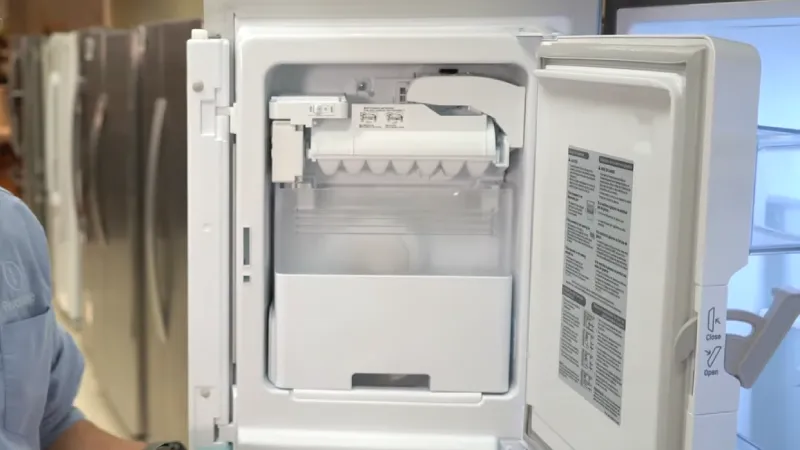
To determine the root cause of the problem, you can try some of the following solutions:
Clean the Water Line
Check the water line for clogs, as this can restrict the flow of water to the ice maker. To clean the water line, turn off the water supply to the refrigerator and use a straightened coat hanger to clear any debris from the line.
Replace the Water Inlet Valve
If the water inlet valve is faulty, it may not be able to supply enough water to the ice maker. To replace the valve, you’ll need to turn off the water supply and remove the valve from the refrigerator. Then, replace it with a new valve and turn the water supply back on.
Replace the Ice Maker
If the ice maker is broken, you’ll need to replace it with a new one. This can be a more involved process, and it’s recommended that you seek the help of a repair technician.
if your Frigidaire Gallery refrigerator’s ice maker is not producing enough ice, it’s important to diagnose the problem and take action to resolve it. Whether it’s cleaning the water line, replacing the water inlet valve, or replacing the ice maker itself, taking these steps can help ensure that your refrigerator continues to perform at its best.
Problem 2: Temperature Control Sensor in Door Not Detecting Correct Temperature
The temperature control sensor in the door of a Frigidaire Gallery refrigerator plays an important role in maintaining the correct temperature inside the appliance.
This sensor is responsible for detecting the temperature inside the refrigerator and communicating it to the temperature control board. If the temperature control sensor is not functioning properly, it may not detect the correct temperature inside the refrigerator, which can cause the appliance to run too hot or too cold.
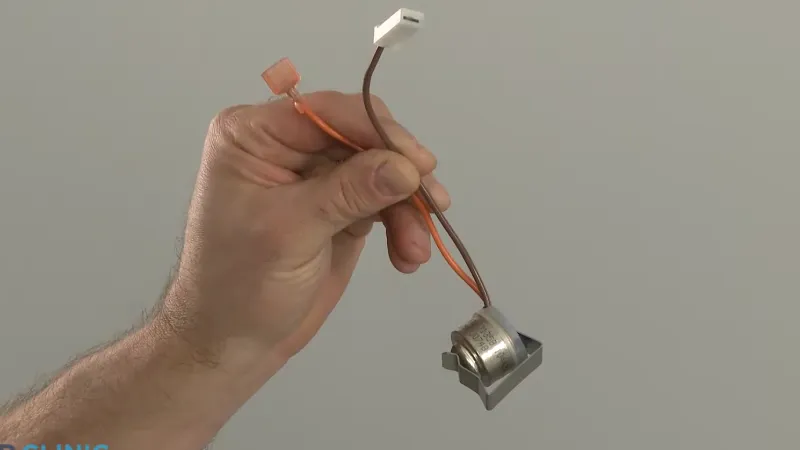
Symptoms of This Problem
There are several symptoms that may indicate that the temperature control sensor in the door of your Frigidaire Gallery refrigerator is not functioning properly. These symptoms include:
- Food not staying fresh for as long as it should
- A noticeable increase in the amount of frost buildup inside the freezer
- An increase in energy consumption
- A constant running sound from the refrigerator
- The temperature inside the refrigerator fluctuating frequently
Possible Causes and Solutions
There are several possible causes of a temperature control sensor not detecting the correct temperature, including:
- A malfunctioning sensor: If the temperature control sensor is damaged or not functioning properly, it may not detect the correct temperature.
- A problem with the temperature control board: If the temperature control board is not functioning properly, it may not properly interpret the information received from the temperature control sensor.
- A problem with the wiring: If the wiring connecting the temperature control sensor and the temperature control board is damaged or corroded, it may cause the sensor to not detect the correct temperature.
To resolve this issue, you may need to replace the temperature control sensor, the temperature control board, or the wiring. If you are not comfortable with performing these repairs yourself, it is recommended that you contact a professional for assistance.
In addition, make sure to check the sensor and wiring for any signs of damage or corrosion, and clean any debris or frost buildup that may be affecting the sensor’s performance.
Problem 3: Blockage in the Freezer Drain
A blockage in the freezer drain can cause a number of problems in your Frigidaire Gallery refrigerator. This can cause water to accumulate in the freezer, leading to frost build-up and decreased efficiency.
If left unaddressed, a blockage in the freezer drain can also cause the evaporator fan to fail, which can in turn lead to increased energy consumption and decreased cooling capacity.
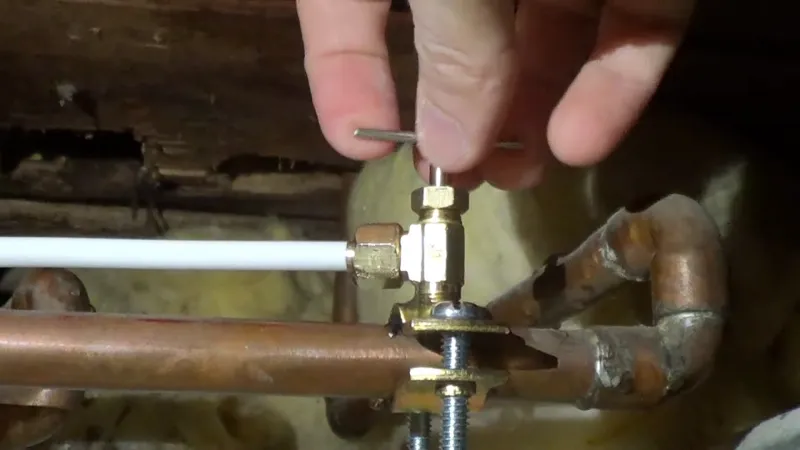
Symptoms of This Problem
One of the most obvious signs of a blockage in the freezer drain is frost build-up in the freezer. If you notice frost or ice accumulating on the walls or floor of your freezer, this is a sure sign that something is wrong.
Other symptoms of a blockage in the freezer drain can include decreased cooling efficiency, increased energy consumption, and a higher-than-normal temperature in the freezer.
Possible Causes and Solutions
There are a number of possible causes for a blockage in the freezer drain, including a clogged drain line, a broken drain pan, or a damaged evaporator fan. If you suspect that you have a blockage in the freezer drain, it is best to have a repair technician remove the blockage.
This is because the evaporator fan is located deep inside the refrigerator and can be difficult to access without the proper tools and training. Additionally, removing a blockage in the freezer drain typically requires specialized knowledge of refrigeration systems and can be dangerous if not performed correctly.
Problem 4: Damaged or Corroded Wires in the Temperature Control Board
The Frigidaire Gallery refrigerator temperature control board is responsible for regulating the temperature inside the refrigerator. If the wires in the temperature control board are damaged or corroded, the refrigerator will not be able to maintain the correct temperature, leading to temperature problems.
Symptoms of This Problem
The symptoms of damaged or corroded wires in the temperature control board can include the following:
- Refrigerator temperature is too warm or too cold
- The refrigerator does not turn on
- The temperature control board does not respond when buttons are pressed
- The refrigerator is making strange noises
Possible Causes and Solutions
The possible causes of damaged or corroded wires in the temperature control board can include the following:
- Age of the refrigerator: Over time, the wires in the temperature control board can become brittle and crack, leading to temperature problems.
- Exposure to moisture: Moisture can cause the wires to corrode, which can disrupt the flow of electricity and lead to temperature problems.
- Power surge: Power surges can damage the wires in the temperature control board, leading to temperature problems.
To solve the problem of damaged or corroded wires in the temperature control board, you may need to do the following:
- Remove the back panel of the refrigerator to access the temperature control board
- Use a magnifying glass to inspect the wires for any damage or corrosion
- If the wires look damaged or corroded, replace them with new ones
- If you are not comfortable with this task, it is best to call a professional repair technician to fix the issue.
If you are experiencing temperature problems with your Frigidaire Gallery refrigerator, it is important to inspect the temperature control board for any damaged or corroded wires. By fixing these wires, you can restore the correct temperature inside the refrigerator and ensure that your food stays fresh and safe.
Problem 5: Faulty Temperature Control Board
The temperature control board is responsible for controlling the temperature inside the Frigidaire Gallery refrigerator. If the board is faulty, the temperature inside the fridge may not be appropriately regulated, causing the temperature to fluctuate or become too warm or too cold.
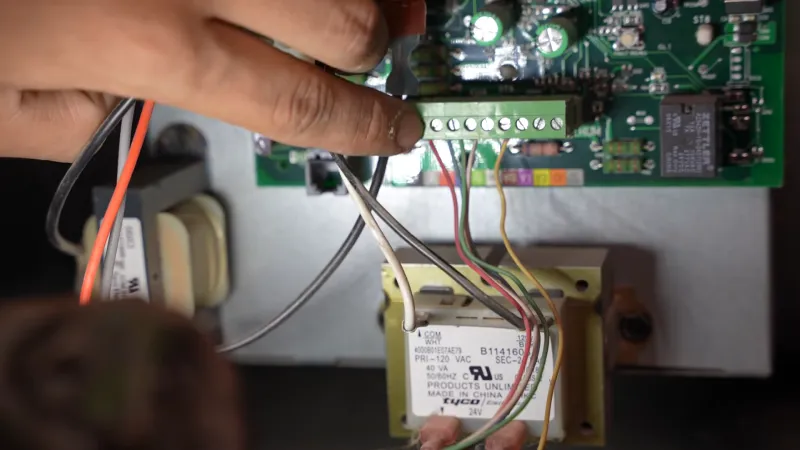
Symptoms of This Problem
- The refrigerator temperature is not consistent or is too warm or too cold
- The temperature control board is not responding to changes in temperature settings
- The fridge is making strange noises or is not functioning properly
Possible Causes and Solutions
- Power Surge: If there was a power surge that damaged the temperature control board, it may need to be replaced.
- Wear and Tear: Over time, the temperature control board may simply wear out and need to be replaced.
- Bad Components: If there are bad components in the temperature control board, it may need to be repaired or replaced.
If the issue is a faulty temperature control board, it’s best to call a professional appliance repair technician to diagnose the problem and make the necessary repairs. While replacing a temperature control board is a more complex repair, it’s important to make sure the fridge is functioning properly to maintain the correct temperature and prevent food spoilage.
Conclusion
Maintaining the proper temperature in a Frigidaire Gallery refrigerator is crucial for ensuring food safety and preservation. From ice makers not producing enough ice to temperature control sensors not detecting the correct temperature, these are just a few common problems Frigidaire Gallery refrigerator owners may experience.
To resolve these issues, it’s important to diagnose the problem correctly and take the appropriate action, whether it be a DIY fix or calling in a repair technician. To avoid these temperature problems in the future, it’s important to clean and maintain the refrigerator regularly, and to keep an eye out for any symptoms of temperature issues.
By taking these steps, Frigidaire Gallery refrigerator owners can keep their refrigerators functioning at optimal levels, and avoid any potential health or safety hazards.

